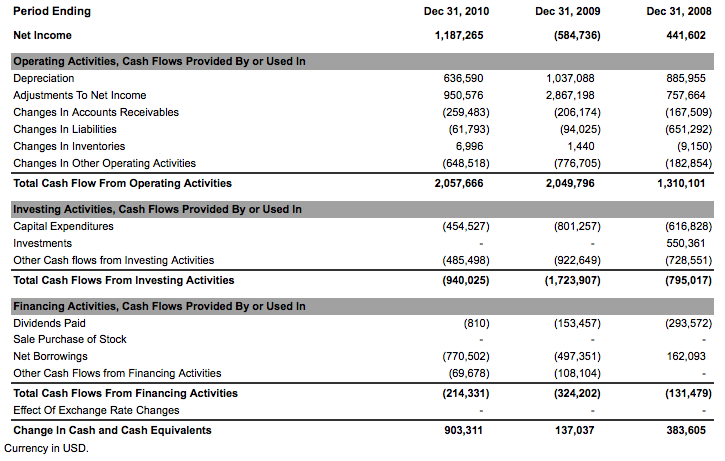Investing In Undervalued Brazil With ETFs
Post on: 18 Июнь, 2015 No Comment

When looking over the emerging market countries and their current valuation it is tough to ignore the current situation in Brazil. Last week the third quarter GDP was released and it was one of the worst in several quarters. Even though the flat number was a surprise, the government still believes it will end 2011 with GDP growth of 3.2%, down from 7.5% in 2010. The government has the 2012 GDP growth estimate in the 4% to 5% range. Disappointing to some, but to me it is still one of the best opportunities and with the 17% drubbing the BOVESPA has taken this year it perks my interest.
My strategy is to analyze a few of the Brazilian ETFs to find the best investment option in this young and commodity-rick nation.
THE Brazil ETF
The largest of the ETF options is the iShares MSCI Brazil ETF (NYSE: EWZ ) with $9.65 billion in assets under management. The ETF is composed of 83 stocks with a heavy concentration on finance (25%), energy (22%), and materials (21%). All three are economically sensitive sectors and could be a big reason EWZ is down 24% this year. The ETF does have a decent 30-day SEC yield of 3.44% and the expense ratio of 0.61% is acceptable.
Even thought the P/E ratio on EWZ is 12.7, a number that should attract money, the problem is the makeup of the ETF. With approximately 18% in Petrobras (NYSE: PBR ) and another 14% in VALE (NYSE: VALE ), investors are placing a big bet on two companies.
Small-Cap and Mid-Cap ETFs
The Market Vectors Brazil Small-Cap ETF (NYSE: BRF ) and the Global X Brazil Mid-Cap ETF (NYSE: BRAZ ) offer investors the opportunity to drill down to specific asset classes. While EWZ is concentrated on the large-cap asset class, it overlooks the possibilities of the smaller companies to flourish in Brazil.
BRF has approximately $600 million in assets and charges a net expense ratio of 0.59%. The 73 stocks that make up the ETF are heavily concentrated in consumer discretionary (23%), industrials (22%), financials (16%), and materials (14%). The ETF allows investors to invest in stocks that are not readily available in the US. Of the top 10 holdings only one, Gafisa (NYSE: GFA ), is traded as an ADR on the NYSE.
The dividend yield on the ETF is 2.5% and it trades with a P/ E ratio of 9.43. Combine the low valuation with the fact the small-cap asset class typically offers better growth prospects, BRF tough to ignore. However, the ETF is down 26% in 2011.
BRAZ has not fared much better this year, losing 22% and coming in as the best of the three ETFs. The ETF has $21 million in assets, charges a 0.69% expense ratio, and is composed of 43 stocks. The utilities (27%), financials (23%), and industrials (17%) make up the majority of the allocation. The ETF has yet to catch the attention of big investors as it has struggled to bring in assets. However, the ETF does offer investors exposure to sector that could bring in big gains once Brazil turns the corner.
Brazil Infrastructure
One of my favorite international niche ETFs is the EG Shares Brazil Infrastructure ETF (NYSE: BRXX ). This love affair with BRXX has to do with the numbers behind the sector. The country is expected to spend over $1 in the next five years on the development of their infrastructure to prepare for two major sporting events the Soccer World Cup and the Summer Olympics.
The ETF includes stocks in the metals & mining, power production, transportation, telecom, and utility sectors. Several of the top ten holdings trade as ADRs in the U.S. including CPFL Energia (NYSE: CPL ), Ultrapar Participacoes (NYSE: UGP ), Embraer (NYSE: ERJ ), and Centrais Electricas Brasileiras (NYSE: EBR ). From a valuation stance, BRXX has a low trailing P/E ratio of 9.8 and a dividend yield of 4.67%. The expense ratio is a little high at 0.85%, but given the concentration of the ETF it is acceptable.
The beauty of BRXX is that it is not a one-trick pony that only concentrates on material and mining stocks. There is more to infrastructure than what most investors believe. The telecom sector is a great example; the countrys President has been pushing for massive investments into upgrading mobile Internet access before the two big events occur. The diversity in the 30 stocks that make up BRXX is one of the key factors for considering it a long-term investment option.
Best of Brazil
Of course the average investor will turn to EWZ and choose to invest in the large-cap stocks and the ETF that has been around the longest and with the largest amount of assets. That unfortunately is not always the best course of action. A better option is to analyze the options regardless of the assets and find the ETF that offers the best reward-to-risk in the future.
My opinion is that BRXX, even though it is a niche ETF, is the best option for investors looking to invest in Brazil over the next 12 to 24 months. Looking back at 2011, BRXX is down 14%, much better than the other three ETF options. Both past performance and future potential make BRXX my choice for the best Brazi
Disclosure: I am long BRXX.














